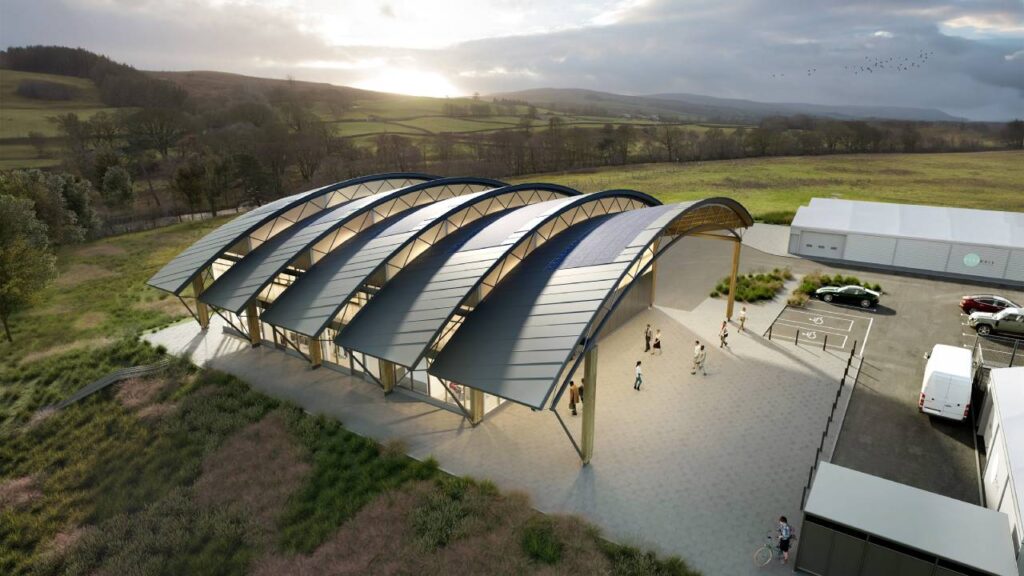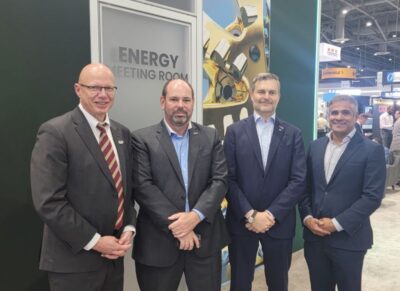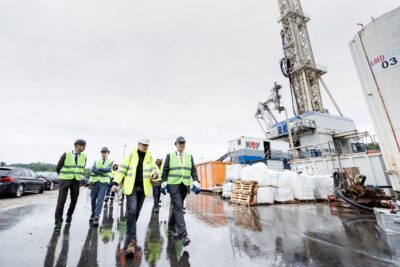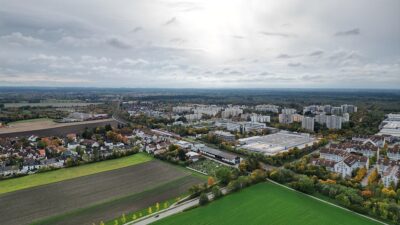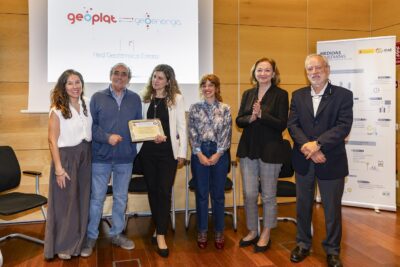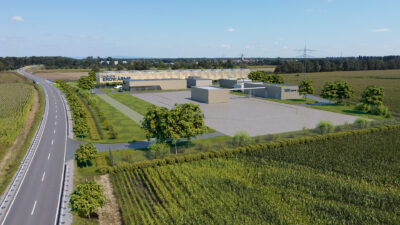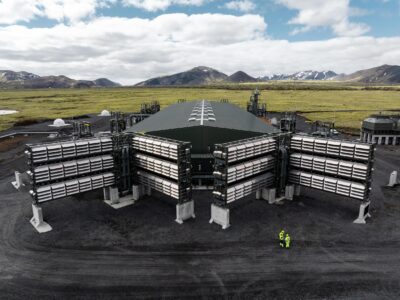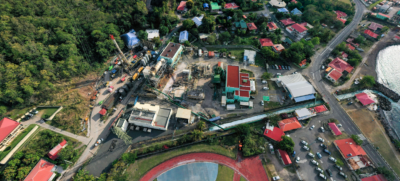Weardale Lithium applies for geothermal lithium development in County Durham, UK
Weardale Lithium has submitted a planning application for a proposed facility that will extract lithium from geothermal waters at County Durham, UK.
Weardale Lithium Limited (Weardale Lithium) has submitted a planning application to the Durham County Council for the phased construction of a lithium extraction plant at Eastgate in Weardale, County Durham, UK. Lithium is proposed to be extracted from geothermal groundwater from existing deep production wells nearby to the project site.
The application follows a previous announcement made by Weardale Lithium on the successful extraction of lithium carbonate from geothermal brine at a former cement works site in County Durham. Lithium carbonate was extracted from the brine using a low-impact, low-carbon, and low-water usage method with technology provided by Manchester-based Watercycle Technologies.
Rehabilitating an old cement works site
The facility will be located on the brownfield, former cement works at Eastgate, near Stanhope, for processing geothermal groundwater from existing deep, high specification, production wells nearby. The facility will form part of a plan for regeneration of the old works site, the development of which will be under the highest environmental and safety standards. The groundwaters will be transported from well-sites via carefully located pipelines, negating the need for tanker journeys on minor roads, to the pilot plant. This will enable the pilot plant able to operate with continuous flow at significant flowrates.
The Eastgate site has been dormant for over 20 years since the closure of the cement works with the estimated loss of over 120 jobs. The Company believes utilising a brownfield, former industrial site in an extensively rural area is a logical proposal and will avoid unnecessary greenfield development in Weardale.
Producing lithium and providing jobs
Once completed, it will be one of the most advanced lithium extraction plants in Europe. The site is sufficiently large enough for processing to scale-up lithium extraction, and also for other uses such as geothermal energy infrastructure, green technologies, and associated business opportunities. Not only can the site potentially act as a regional centre for producing lithium from multiple locations and sources, but also as a hub for business connected with energy transition and sustainability.
Initially, it is estimated the development plan will create 20 to 50 on site jobs plus additional employment within the local construction sector and supply chains.
Scaling up to full commercial production, over the next 4 years, could produce approximately 10,000 tonnes of lithium carbonate per year, creating around 125 jobs and generating an estimated £1bn of gross economic value for the North East region.
A local consultation process was carried out ahead of filing the planning application to fully take into consideration the views of local residents and stakeholders. The community engagement was positive with considerable support expressed for the development and regeneration of the site utilising critical minerals processing which is vital for energy transition.
Field trials still to be done
The application for the pilot plant follows over 3 years of work in the area including trialling of multiple Direct Lithium Extraction (‘DLE’) technologies to find the optimal way to extract lithium from the geothermal groundwaters. Weardale Lithium was the first company to successfully extract lithium from the groundwaters in the North Pennine Orefield.
DLE is a low-impact, low-carbon and low-water usage method of extracting lithium and will be done so using renewable energy sources where feasible.
For the first 12 months of the site’s operation, a field trials stage project will be conducted, paving the way for the construction of the larger capacity pilot plant.
The planning application is accompanied by comprehensive ecological and biodiversity, noise, air quality, highways, landscape, heritage, groundwater, surface water and flood risk assessments.
Source: London Stock Exchange
